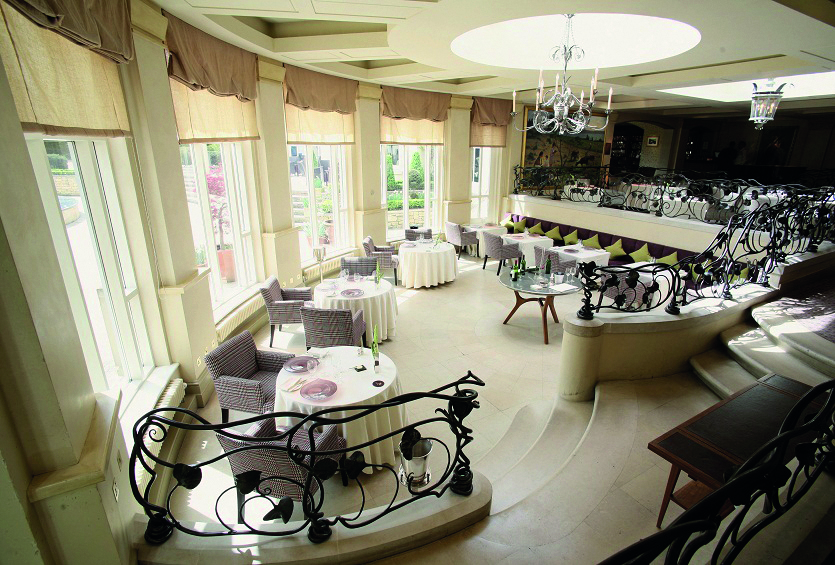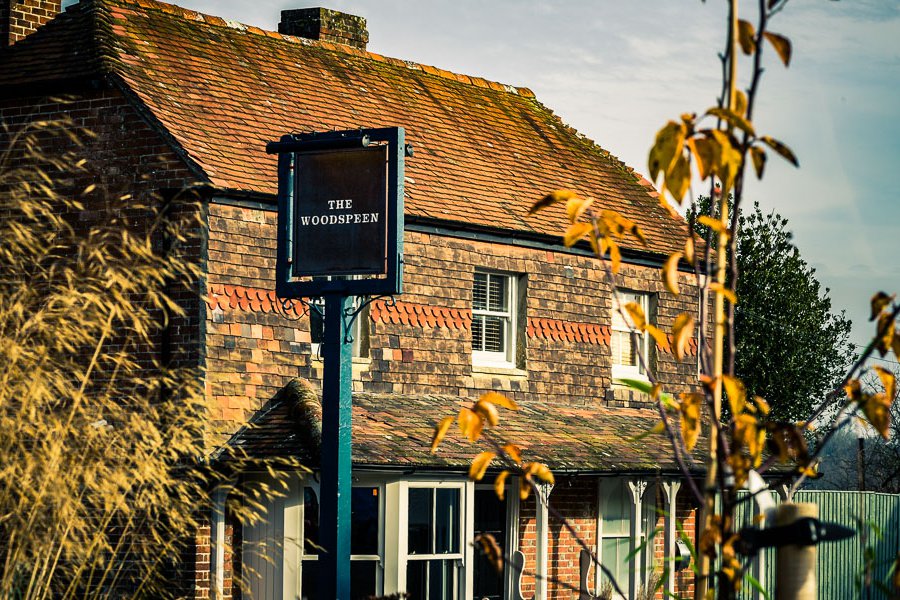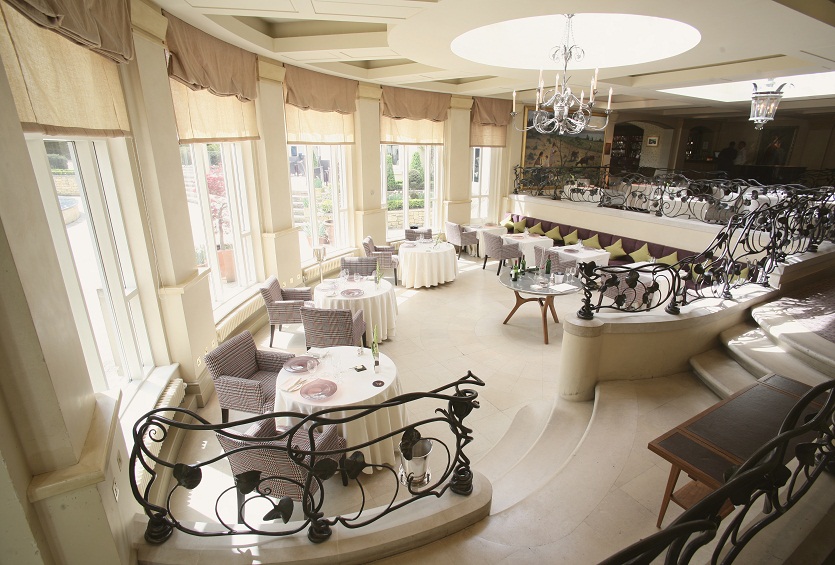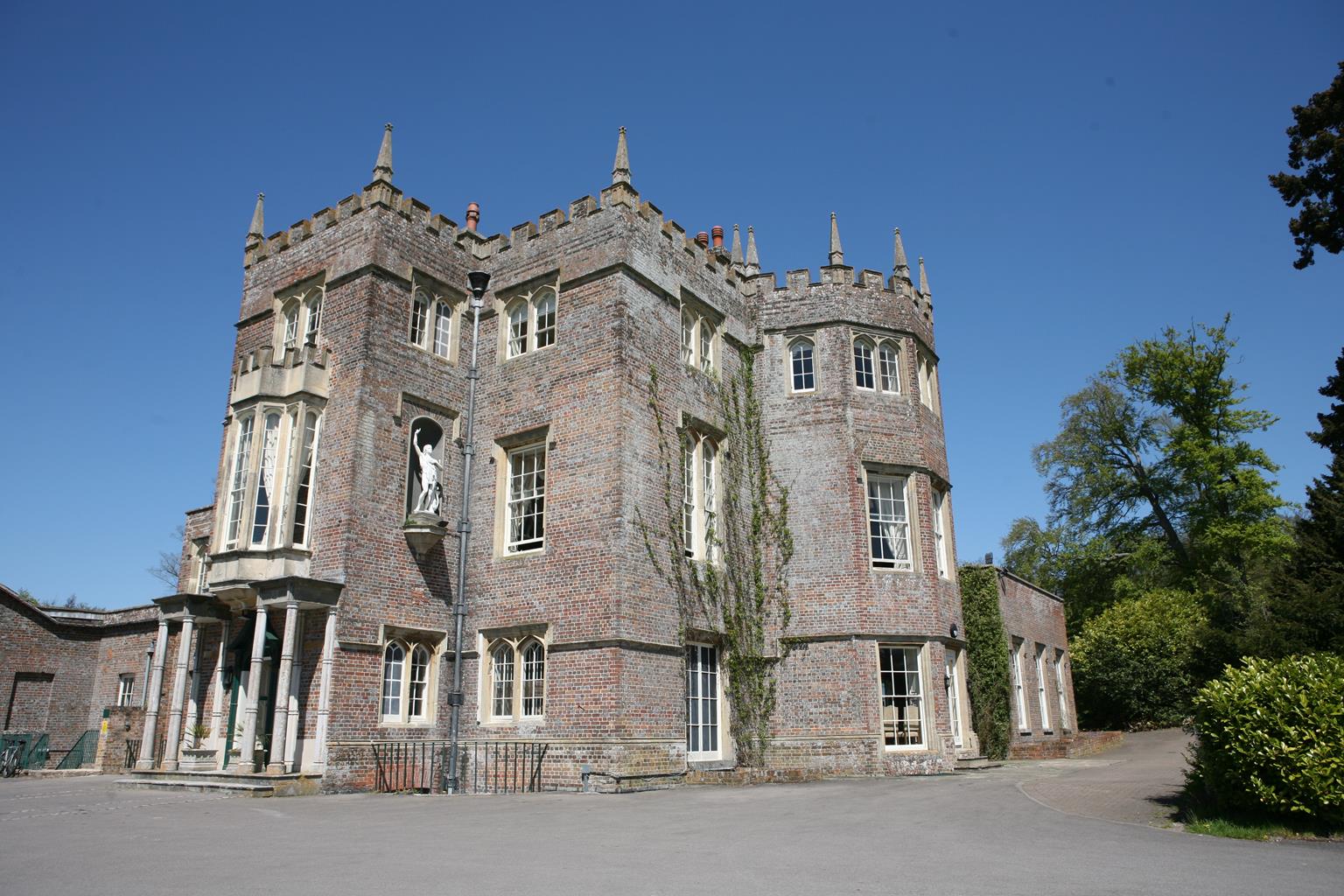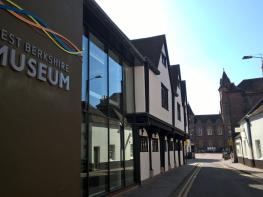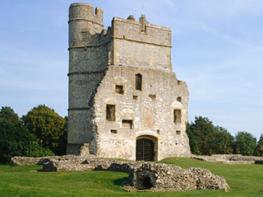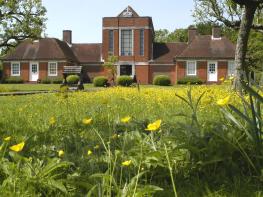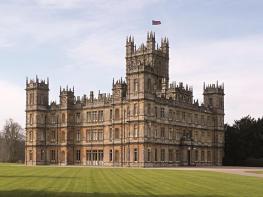The Vineyard is a haven of style in the Berkshire countryside. Bedrooms and suites come in a…
By the Kennet and Avon Canal at Enborne

4 miles (6.4kms)
About the walk
Completed in 1810, the 87-mile (140km) long Kennet and Avon Canal took 16 years to construct. The final bill was in the region of £1 million. With 104 locks and many other impressive features, the canal was regarded as a triumph of engineering.
The Kennet and Avon was built to provide a direct trade link between London and Bristol, thus avoiding the treacherous south coast route which took ships around Land’s End. The canal eventually became redundant in the late 1940s, but dedicated armies of supporters were determined not to let it die. Restored over many years, the canal was eventually re-opened by the Queen at Devizes in 1990. Since then it has become one of southern England's most colourful and vibrant waterways.
Drawing the line
But 60 years ago, it would have been a very different story. Follow the canal tow path and you’ll spot ugly brick and concrete pill boxes at intervals along the bank. Unsightly though they undoubtedly are, they are vivid reminders of World War II and the time when Britain braced itself for invasion. Cutting a swathe across England from east to west, the waterway was to act as the second line of defence if the Germans had breached the south coast blockade. In fact more than 50 defensive lines were constructed around Britain, the longest and most important being the GHQ (General Head Quarters Line) designed to protect London and the industrial heart of Britain. This ran from Somerset along the River Brue and the Kennet and Avon Canal to Reading, and the pill boxes you pass on this walk are part of that network. Tank traps were laid to deter the enemy from making deeper inroads, and concrete machine gun posts were also positioned along the tow path to guard the open, undefended country to the south.
As history tells us, none of these defences ever had to be tested, and the most recent warfare that this peaceful part of the world has experienced remains over 370 years distant. This occurred during the Civil War in 1643, when Parliamentary troops were stationed in Hamstead Marshall Park for the first Battle of Newbury, part of which was fought at neighbouring Wash Common. During their stay it is recorded that they ruined the house that preceded the Earl of Craven’s grand mansion there.
Walk directions
From the car park turn right onto the road towards Newbury. Pass Church Lane, and as the road descends the buildings of Newbury edge into view. Take the next signposted footpath left, at the entrance to Step Up Cottage, and continue straight on along the track. Follow it across open fields and through a kissing gate; soon the Kennet and Avon Canal comes into view ahead. Once over the bridge, turn left by a pill box and go down to the tow path.
Continue heading west, past Benham Lock and then a tributary stream running into some woods. The railway line is seen on the right along this stretch. A little further on, at Benham Broad, the river and canal unite.
Leave the tow path and cross the river by the old brick Benham Bridge, then cross another (level) bridge and pass Hamstead Mill, formerly belonging to the Craven Estate. Continue on the road beside a brick wall. Where the road curves right, continue ahead on a footpath leading to St Mary’s, Hamstead Marshall. With the back of the church in front of you, to your left, in the corner of the churchyard, is the mausoleum containing the Craven family vault. Take the gate, left, leading out to parkland, with two sets of large gate piers to the right. This is Hamstead Park (also known as Hamstead Marshall Park).
Follow the grassy track as it bends left and descends between trees to a drive. Turn right, following it through a landscape dotted with ancient oak and gnarled beech trees. After a while,pass over a cattle grid, and enjoy the most picturesque part of this walk with languid grassy ponds and an ornamental bridge below. Follow the drive until you leave this bucolic scene behind, then after a left-hand bend, go past a turning on the left. As the drive sweeps right towards a gate and cream-coloured houses, go straight on along a path, over a small footbridge and through a kissing gate, to an avenue of horse chestnut trees. On the right is Hamstead Lodge (also called Hamstead Park), former home of the Craven family, and one of the lodges of the great mansion that burned down. After the Cravens departed, it became a nursing home and is now a private residence.
Turn left and follow the drive, passing a large stone dedicated to the men of the American Parachute Regiment. In 1944 they prepared here for the D-Day Landings, and returned briefly to Hamstead before departing to parachute into Holland on 7 September, in the battle to liberate Europe. Follow the drive to the exit (with cattle grid), and opposite is the car park where the walk began.
Additional information
Tracks, roads, estate drives and canal tow path
Lowland country bisected by the canal; elegant parkland on south side of Kennet Valley
Under control on canal tow path; lead required in Hamstead Park
OS Explorer 158 Newbury & Hungerford
Car park by Enborne Church
None on route
WALKING IN SAFETY
Read our tips to look after yourself and the environment when following this walk.
Find out more
Also in the area
About the area
Discover Berkshire
Berkshire essentially consists of two distinct parts. The western half is predominantly rural, with the Lambourn Downs spilling down to the River Lambourn and the Berkshire Downs to the majestic Thames. The eastern half of Berkshire may be more urban but here, too, there is the opportunity to get out and savour open spaces. Windsor Great Park and Maidenhead Thicket are prime examples. Threading their way through the county are two of the South’s prettiest rivers – the Lambourn and the Pang. Beyond the tranquil tow paths of the Kennet and Avon Canal, Greenham Common’s famous airbase has been transformed to delight walkers of all ages.
Reading and Newbury are the county’s major towns, and the River Kennet flows through them both. Reading is a vibrant, multicultural centre with great shopping and plenty of history. Oscar Wilde was incarcerated in Reading prison in the late 19th century, and wrote The Ballad of Reading Gaol about his experience. Newbury is probably best known for its race course, which opened in 1905, although the first recorded racing at Newbury was a century before that. Famous people born in the county include Catherine, Duchess of Cambridge, Kate Winlset and Ricky Gervais.
Nearby stays
Restaurants and Pubs
Nearby experiences
Recommended things to do
Why choose Rated Trips?
Your trusted guide to rated places across the UK
The best coverage
Discover more than 15,000 professionally rated places to stay, eat and visit from across the UK and Ireland.
Quality assured
Choose a place to stay safe in the knowledge that it has been expertly assessed by trained assessors.
Plan your next trip
Search by location or the type of place you're visiting to find your next ideal holiday experience.
Travel inspiration
Read our articles, city guides and recommended things to do for inspiration. We're here to help you explore the UK.


